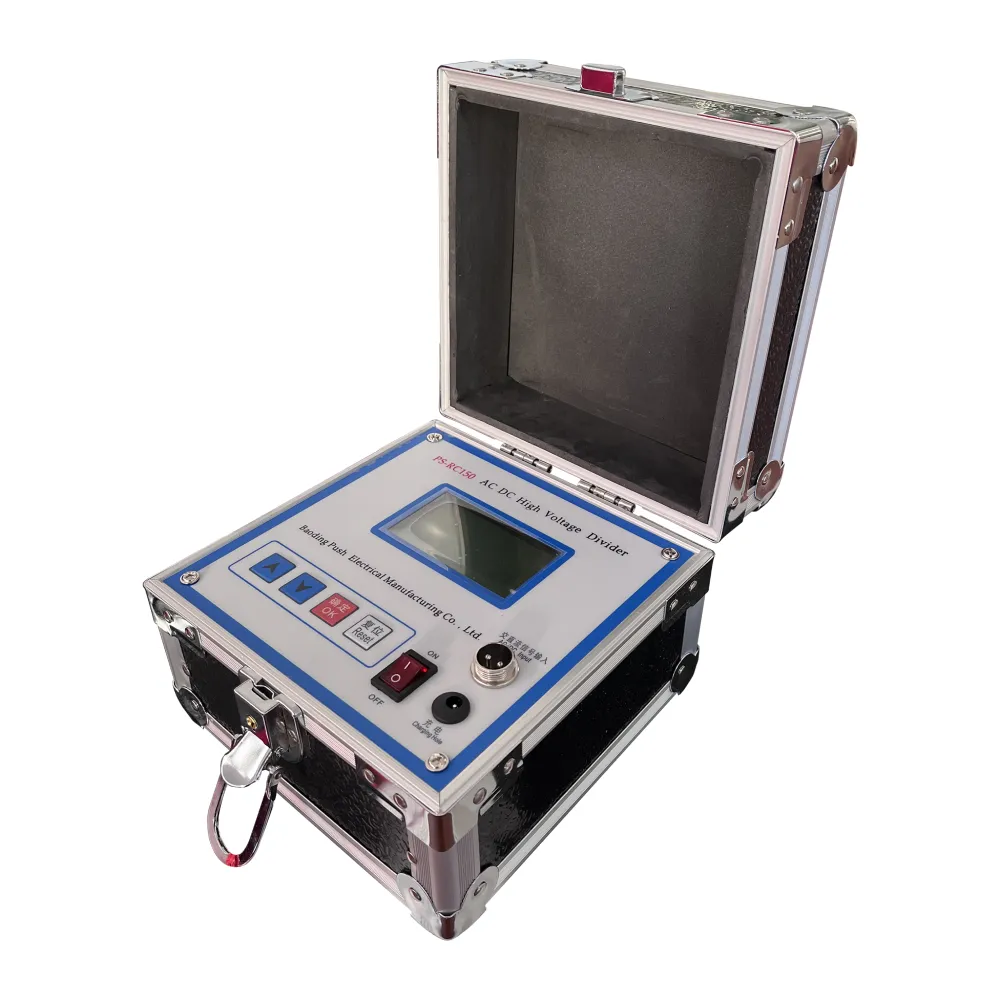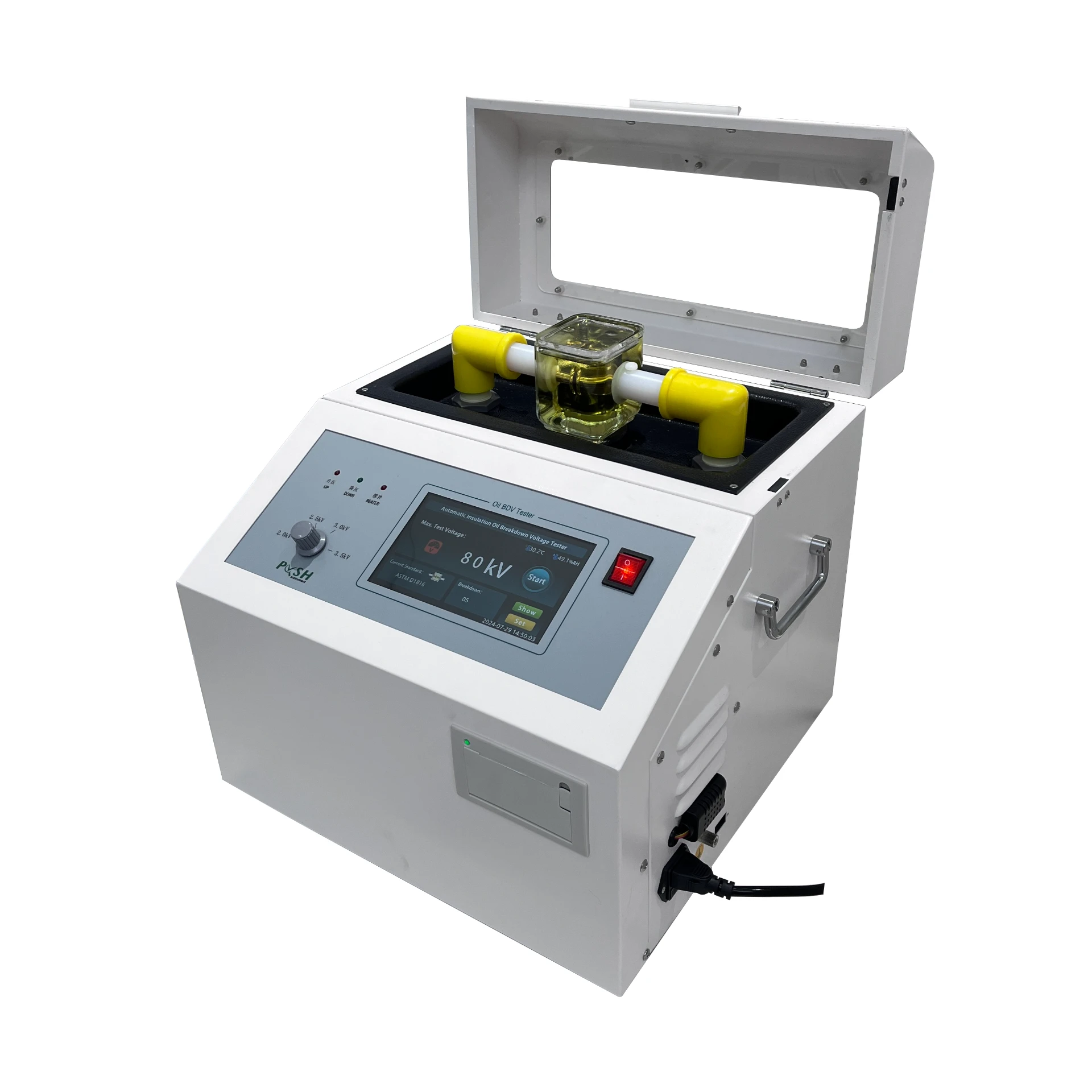 English
English



-
 Afrikaans
Afrikaans -
 Albanian
Albanian -
 Amharic
Amharic -
 Arabic
Arabic -
 Armenian
Armenian -
 Azerbaijani
Azerbaijani -
 Basque
Basque -
 Belarusian
Belarusian -
 Bengali
Bengali -
 Bosnian
Bosnian -
 Bulgarian
Bulgarian -
 Catalan
Catalan -
 Cebuano
Cebuano -
 China
China -
 China (Taiwan)
China (Taiwan) -
 Corsican
Corsican -
 Croatian
Croatian -
 Czech
Czech -
 Danish
Danish -
 Dutch
Dutch -
 English
English -
 Esperanto
Esperanto -
 Estonian
Estonian -
 Finnish
Finnish -
 French
French -
 Frisian
Frisian -
 Galician
Galician -
 Georgian
Georgian -
 German
German -
 Greek
Greek -
 Gujarati
Gujarati -
 Haitian Creole
Haitian Creole -
 hausa
hausa -
 hawaiian
hawaiian -
 Hebrew
Hebrew -
 Hindi
Hindi -
 Miao
Miao -
 Hungarian
Hungarian -
 Icelandic
Icelandic -
 igbo
igbo -
 Indonesian
Indonesian -
 irish
irish -
 Italian
Italian -
 Japanese
Japanese -
 Javanese
Javanese -
 Kannada
Kannada -
 kazakh
kazakh -
 Khmer
Khmer -
 Rwandese
Rwandese -
 Korean
Korean -
 Kurdish
Kurdish -
 Kyrgyz
Kyrgyz -
 Lao
Lao -
 Latin
Latin -
 Latvian
Latvian -
 Lithuanian
Lithuanian -
 Luxembourgish
Luxembourgish -
 Macedonian
Macedonian -
 Malgashi
Malgashi -
 Malay
Malay -
 Malayalam
Malayalam -
 Maltese
Maltese -
 Maori
Maori -
 Marathi
Marathi -
 Mongolian
Mongolian -
 Myanmar
Myanmar -
 Nepali
Nepali -
 Norwegian
Norwegian -
 Norwegian
Norwegian -
 Occitan
Occitan -
 Pashto
Pashto -
 Persian
Persian -
 Polish
Polish -
 Portuguese
Portuguese -
 Punjabi
Punjabi -
 Romanian
Romanian -
 Russian
Russian -
 Samoan
Samoan -
 Scottish Gaelic
Scottish Gaelic -
 Serbian
Serbian -
 Sesotho
Sesotho -
 Shona
Shona -
 Sindhi
Sindhi -
 Sinhala
Sinhala -
 Slovak
Slovak -
 Slovenian
Slovenian -
 Somali
Somali -
 Spanish
Spanish -
 Sundanese
Sundanese -
 Swahili
Swahili -
 Swedish
Swedish -
 Tagalog
Tagalog -
 Tajik
Tajik -
 Tamil
Tamil -
 Tatar
Tatar -
 Telugu
Telugu -
 Thai
Thai -
 Turkish
Turkish -
 Turkmen
Turkmen -
 Ukrainian
Ukrainian -
 Urdu
Urdu -
 Uighur
Uighur -
 Uzbek
Uzbek -
 Vietnamese
Vietnamese -
 Welsh
Welsh -
 Bantu
Bantu -
 Yiddish
Yiddish -
 Yoruba
Yoruba -
 Zulu
Zulu
GC, LC & EPC Chromatography Solutions Precision Analysis Tools
- Understanding Chromatography Techniques and Their Evolution
- Key Technological Advancements in Modern Chromatography Systems
- Performance Comparison: Leading Chromatography Manufacturers
- Tailored Solutions for Industry-Specific Analytical Challenges
- Real-World Applications Across Multiple Sectors
- Quantifiable Benefits of Upgraded Chromatographic Systems
- Future-Proofing Analytical Capabilities with EPC Gas Chromatography

(g chromatography)
Understanding Chromatography Techniques and Their Evolution
Chromatography has revolutionized analytical chemistry since Mikhail Tsvet's pioneering work in 1900. The global chromatography market, valued at $11.2 billion in 2022 (Grand View Research), continues expanding at 4.3% CAGR, driven by technological differentiation across gas (GC), liquid (LC), and solid-phase (SPC) systems. Modern GC systems achieve detection limits below 0.1 ppb through advanced detector designs, while UHPLC systems reduce analysis times by 78% compared to traditional HPLC methods.
Key Technological Advancements
Third-generation chromatography instruments now integrate AI-powered predictive maintenance and automated column optimization. The table below compares critical performance metrics:
| Parameter | Agilent 8890 GC | Thermo Fisher Vanquish LC | EPC GX-9000 |
|---|---|---|---|
| Detection Limit | 0.05 ppb | 0.1 ng/mL | 0.02 ppb |
| Analysis Speed | 12 samples/hr | 20 samples/hr | 18 samples/hr |
| Carrier Gas Consumption | 25 mL/min | N/A | 18 mL/min |
| Column Lifetime | 8,000 injections | 5,000 injections | 10,000+ injections |
Manufacturer Performance Comparison
When evaluating chromatography
suppliers, consider these operational benchmarks from recent field studies:
| Vendor | Mean Time Between Failure (hrs) | Calibration Drift (%/month) | Software Compatibility |
|---|---|---|---|
| Agilent | 8,200 | 0.8% | OpenLAB CDS |
| Shimadzu | 7,500 | 1.2% | LabSolutions |
| EPC | 9,800 | 0.5% | Multi-platform API |
Customized Analytical Solutions
Specialized configurations now address emerging requirements:
- Pharmaceutical: 21 CFR Part 11-compliant GC/MS systems with electronic records
- Environmental: Modular GC configurations for on-site VOC analysis
- Petrochemical: High-temperature GC columns (450°C stable)
Sector-Specific Implementation Cases
Recent deployment statistics demonstrate method optimization outcomes:
| Application | Previous Method | EPC Solution | Efficiency Gain |
|---|---|---|---|
| Food Safety GC | 28 min/sample | 14 min/sample | 50% faster |
| Pharma LC | 92% recovery | 98.5% recovery | 6.5% improvement |
Operational Efficiency Metrics
Long-term operational data from 45 industrial laboratories shows:
- 23% reduction in carrier gas consumption with EPC flow controllers
- 17% decrease in false positives through advanced peak integration
- 9:1 ROI over 5 years via automated maintenance protocols
Future-Proofing with EPC Gas Chromatography
As regulatory requirements intensify, EPC's GC systems with embedded compliance tracking reduce audit preparation time by 65%. The latest firmware updates enable remote performance monitoring across 147 diagnostic parameters, ensuring continuous GMP compliance while maintaining detection sensitivity below 0.5 ppb for 93% of analyzed compounds.

(g chromatography)
FAQS on g chromatography
Q: What is the main difference between gas chromatography and liquid chromatography?
A: Gas chromatography (GC) uses a gaseous mobile phase to separate volatile compounds, while liquid chromatography (LC) employs a liquid mobile phase for analyzing thermally unstable or non-volatile substances. GC is ideal for small molecules, whereas LC handles larger biomolecules.
Q: How does solid chromatography differ from gas chromatography?
A: Solid chromatography utilizes a solid stationary phase for separation, often for purifying mixtures. Gas chromatography relies on gas flow and a liquid-coated column, making it better suited for analyzing vaporizable compounds with high precision.
Q: What role does EPC play in gas chromatography?
A: Electronic Pressure Control (EPC) in gas chromatography ensures precise regulation of carrier gas flow and pressure. This improves retention time reproducibility, enhances sensitivity, and allows automated method adjustments for consistent results.
Q: When should I choose gas chromatography over liquid chromatography?
A: Use gas chromatography for analyzing volatile, heat-stable compounds like fuels or environmental pollutants. Liquid chromatography is preferred for non-volatile, thermally sensitive samples such as proteins or pharmaceuticals.
Q: What are the advantages of EPC in modern gas chromatography systems?
A: EPC technology enhances accuracy by digitally controlling gas parameters, reduces manual calibration errors, and enables advanced techniques like constant flow or pressure programming. This streamlines complex analyses and improves data reliability.
-
Testing Equipment Industry Sees Major Advancements in 2025: Smart & Precision Technologies Lead the WayNewsJun.06,2025
-
Applications of Direct Current Generators in Renewable Energy SystemsNewsJun.05,2025
-
Hipot Tester Calibration and Accuracy GuidelinesNewsJun.05,2025
-
Digital Circuit Breaker Analyzer Features and BenefitsNewsJun.05,2025
-
Benefits of Real-Time Power Quality Monitoring Devices for Industrial EfficiencyNewsJun.05,2025
-
Earth Fault Loop Testing in High-Rise Building Electrical SystemsNewsJun.05,2025



